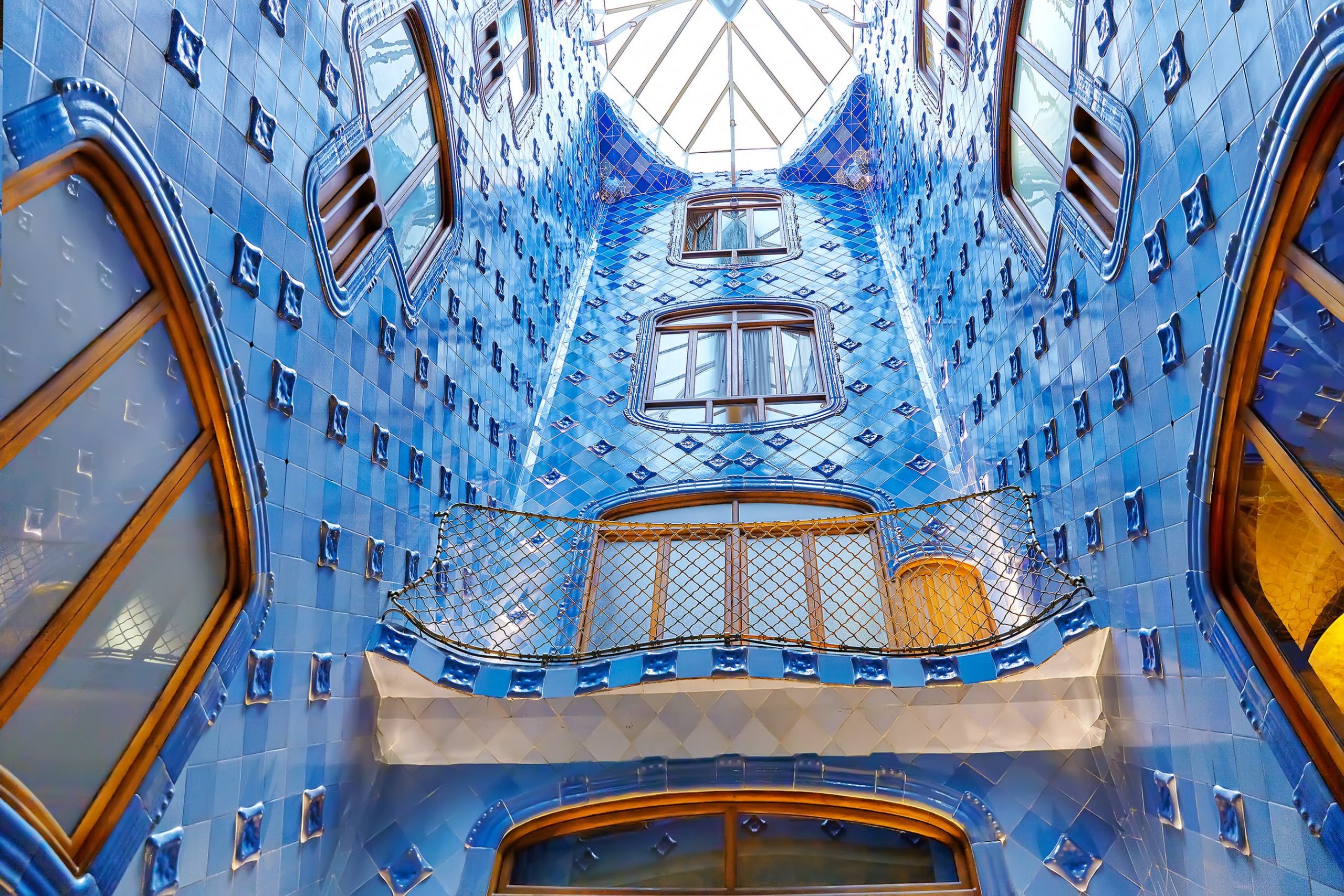-
Sagrada Familia
Top of our list is the Sagrada Familia, the everchanging basilica, designed by Gaudí, after 140 years, as yet, unfinished. For those who have been to Barcelona before, it is exciting to see how high the building has climbed since the last visit; for those who are new to Barcelona, imagine a mix of a fairytale castle, a termite mound, and an alien spaceship carved out of stone. As more of the Sagrada Familia is finished, new spaces open to visitors. You can now visit the towers (if you are over 6), although a separate ticket is required. Access to the towers is by elevator which carries six at a time, the descent via spiral staircase is exciting as there are no handrails. No trip to Barcelona would be complete without visiting the most famous church in Spain and the quirkiest church in the world! (For more information see our blog>>>>>)
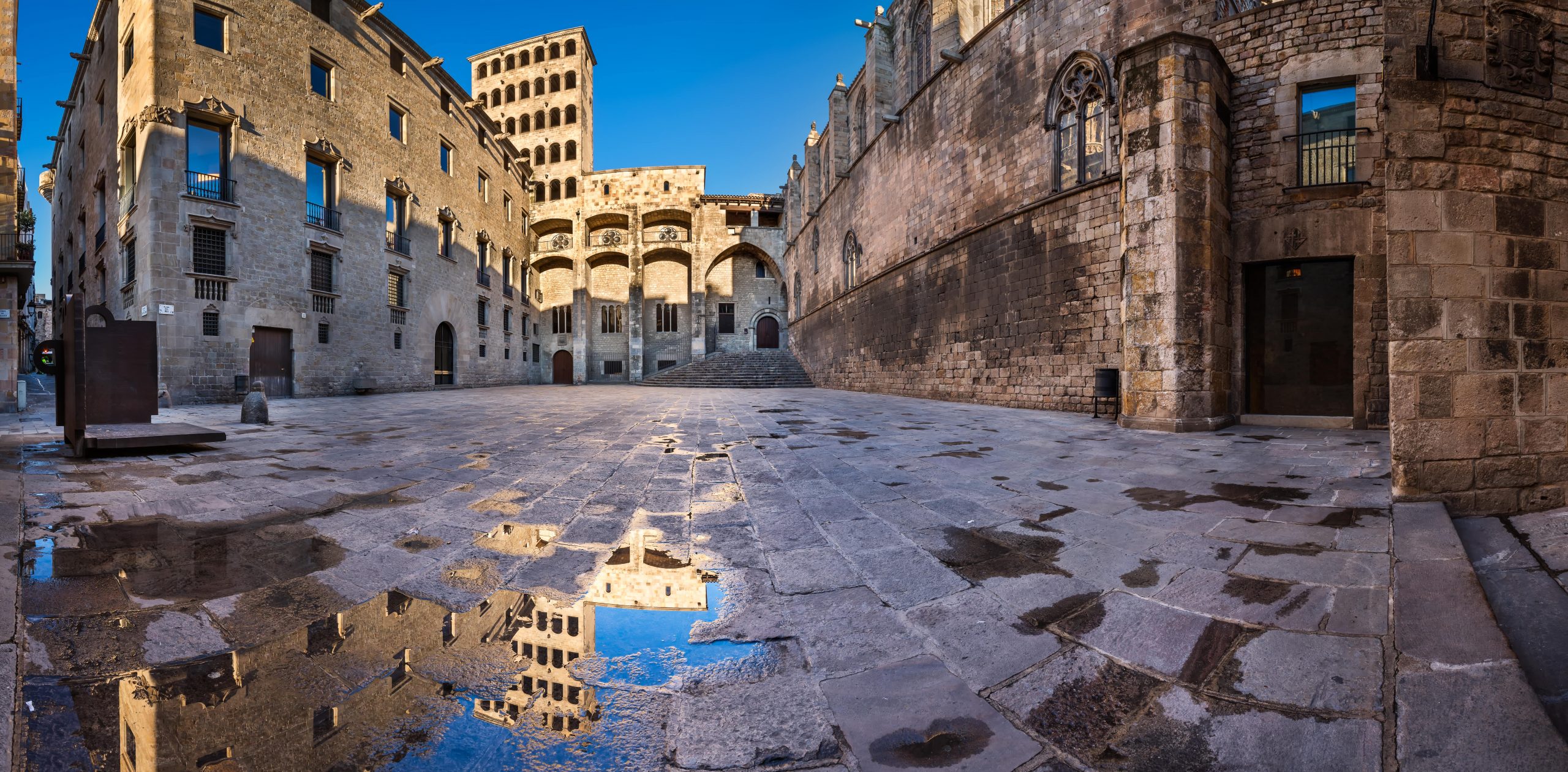
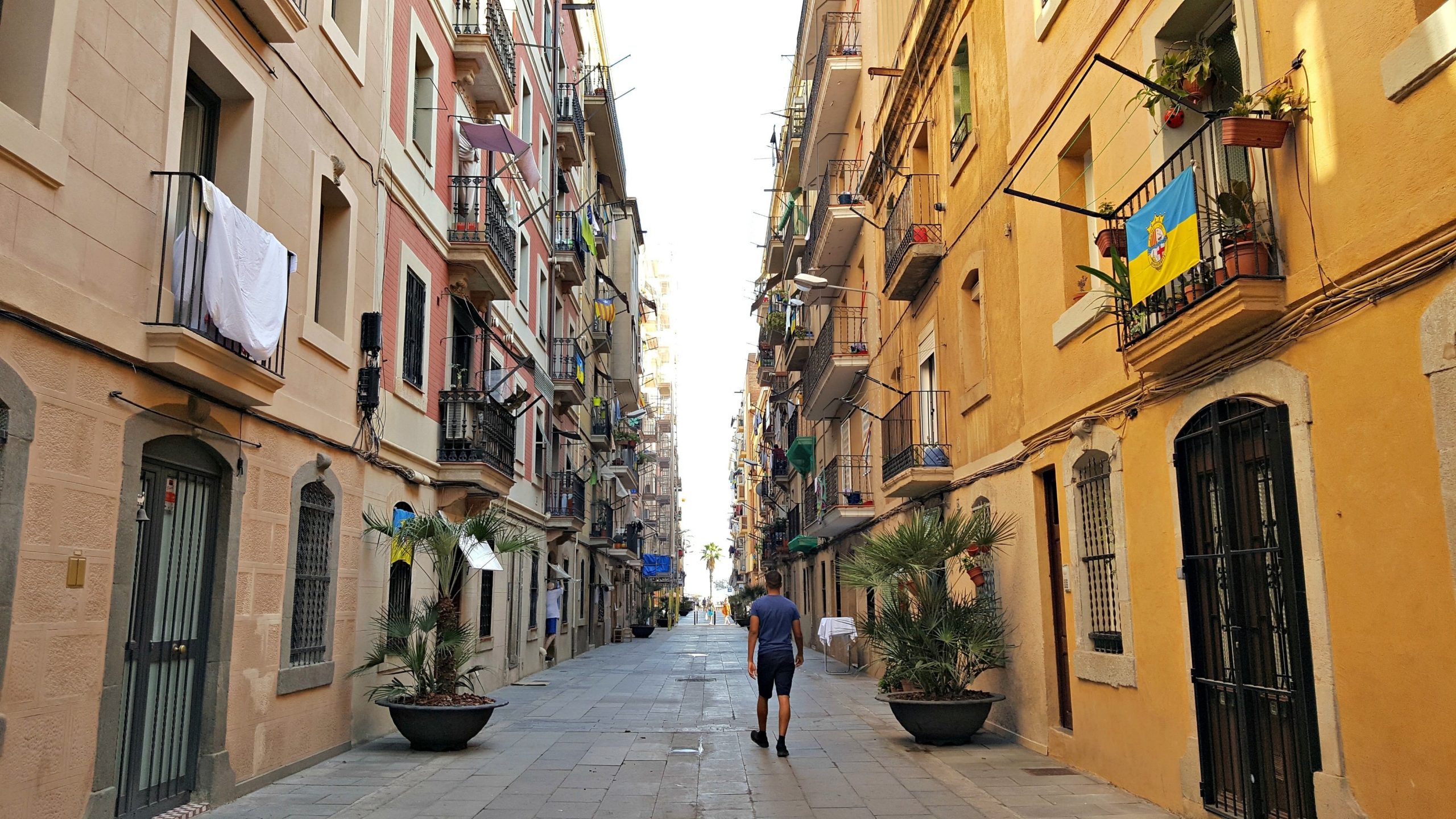
-
Barri Gòtic
The Gothic quarter is the oldest part of town oozing with charm and lots of history. Although the area mostly dates back to mediaeval times (13-15th century), remnants of the Roman town of Barcino can still be seen, including the Roman city walls and gates. You can trace the history of the city at Barcelona’s History Museum (MUHBA) , located in a beautiful Mediaeval palace visited by Christopher Columbus on his return from the Americas. Underneath the museum is an ancient garum factory (the equivalent of Roman ketchup).
One of the attractions of the Gothic quarter is getting lost in the quaint narrow streets filled with restaurants, artisan shops and lovely squares. Plaça Reial or Royal Square is a popular meeting place in the summer and has many outdoor venues and some of Barcelona's most famous clubs. Barcelona’s Cathedral is in the centre of the neighbourhood, it is a Gothic masterpiece from the 13th-15th century, sadly often overlooked by visitors in favour of the Sagrada Familia. There are a number of quirky museums in the area, the most popular on the edge of the neighbourhood is the Picasso Museum where you can trace the artist's formative years.
-
La Rambla
La Rambla is a long, tree-lined avenue that dissects the old city, running from Placa Catalunya to the port. The gothic quarter is to the east and El Ravel to the west. Originally a drain for sewage and rainwater, La Rambla became the heart of Barcelona's urban life, serving as a long wide thoroughfare used for festivals, markets, and sports.
Barcelona's most famous street is popular with visitors for its atmosphere, shopping, restaurants, street performers, street artists and live statues. For the locals it is often a meeting point. During the day visitors and locals stroll down the 1.2 km road, taking in the vibe, stopping for a coffee or a quick bite. As the sun goes down, the many bars and restaurants fill up.
There are a number of attractions nearby including La Boqueria market which has an entrance on La Rambla and the Liceu, Barcelona’s opera house. Look out for Miró’s pavement mosaic on La Rambla, many walk right past without even noticing it! Because La Rambla is a central thoroughfare and often crowded, it is the perfect hunting ground for pickpockets, so be sure to keep your valuables safe.
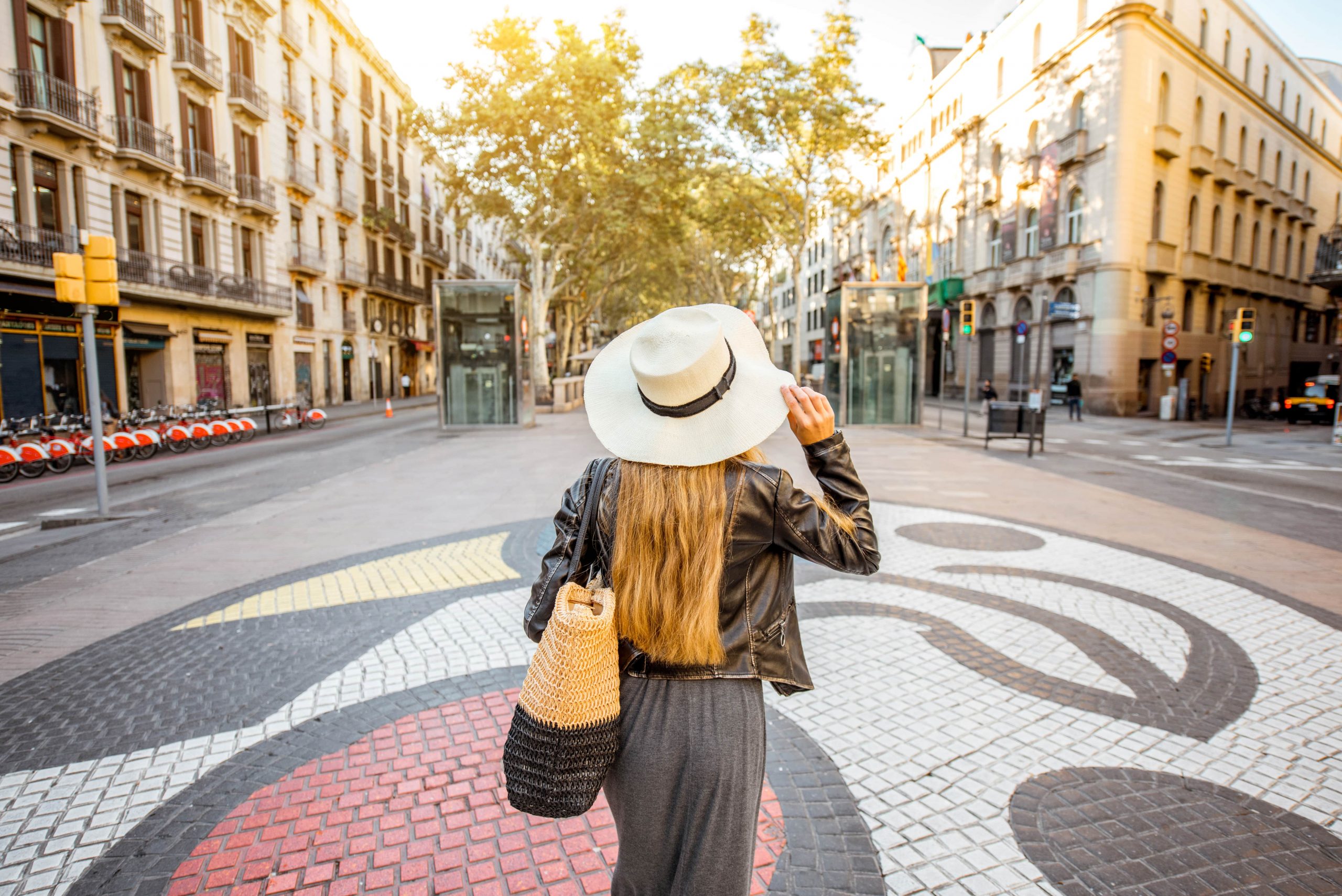
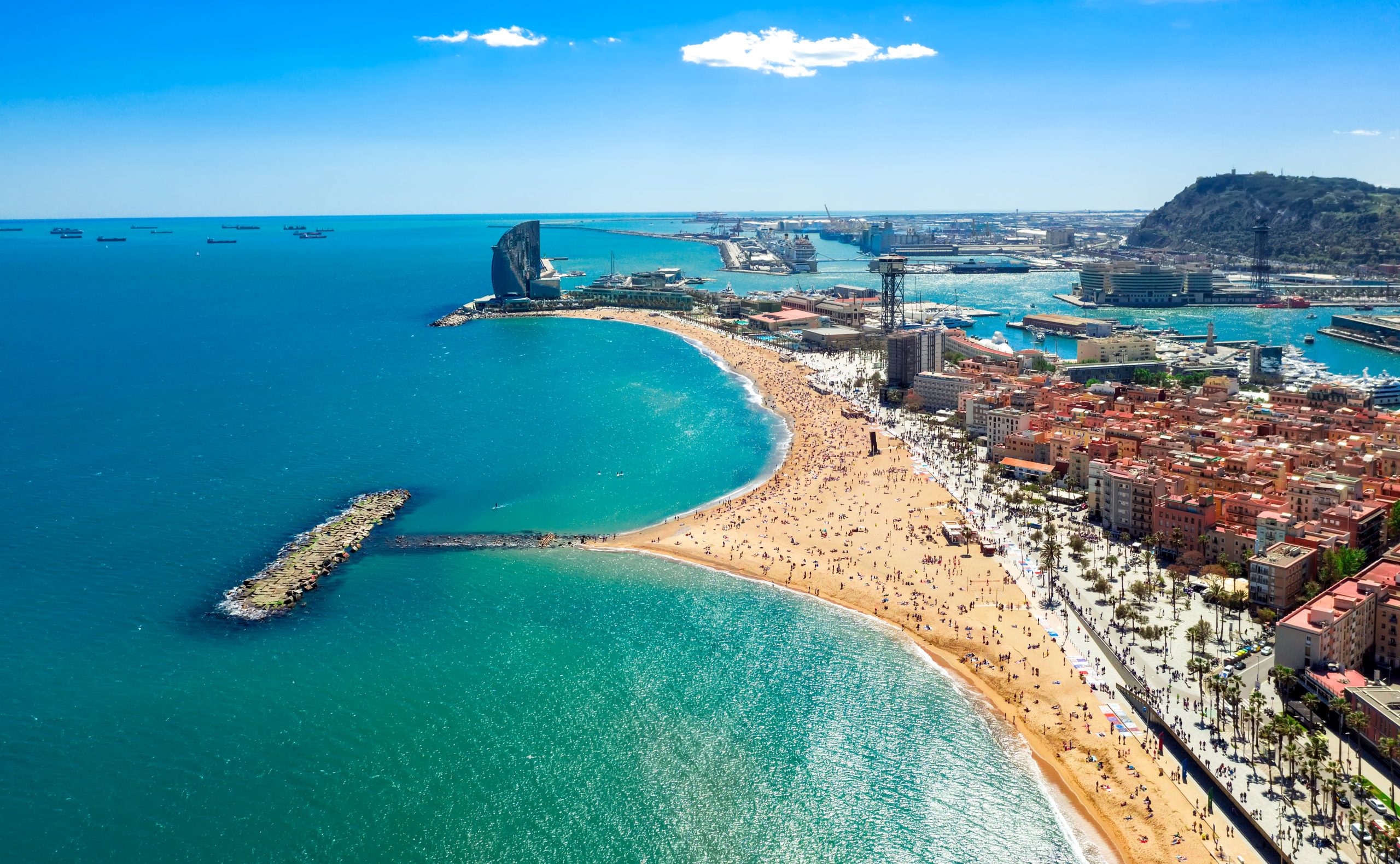
-
Mercat de la Boqueria
There are over 40 markets in Barcelona, but the most famous and the largest is Mercat Sant Josep de la Boqueria, located in Ciutat Vella, the oldest part of Barcelona. With an entrance off of La Rambla, Barcelona’s most popular boulevard, the market has become one of the top attractions for visitors. La Boqueria has been operating since the 13th century, when it was just a few tables selling meat near the city gates. Over time, the market was enlarged, changed name and finally became a permanent structure just over a hundred years ago.
La Boqueria is a highlight for visitors because it has an enormous variety of foodstuffs from fresh fruit, vegetables and seafood to more specialist stalls selling olives, cheese, hams and local delicacies. The market is a sea of colour and sensation with every imaginable vegetable alongside freshly caught seafood still twitching on a bed of ice. The market is also popular for its many eateries - small family run stalls where you can grab a quick bite, to mini restaurants with a full gourmet tasting menu.
Be sure to get there early, before 2 pm when the market starts to wind down and expect it to be crowded and noisy. Beware of other tourists stopping without warning to get the perfect photo and the pickpockets who thrive in closed, packed spaces!
-
Parc Guell
Parc Guell is a public garden on Carmel Hill in the Gràcia neighbourhood of Barcelona. Created by Antoni Gaudí for Eusebi Güell between 1900 to 1914, it was originally conceived as a luxury housing complex in a natural setting. Gaudí imagined an oasis of peace and calm inspired by nature, even the roads through it become part of the landscape with arcades supported by columns that look like tree trunks. There are numerous gardens and grottos to explore, dotted with turrets and walkways in Gaudí’s modernist style in coloured ceramics.
The effect is a wonderland of shapes and colours including a curved bench that looks like a serpent and a fountain with a multicoloured lizard perched on top. Guell’s residential project was unsuccessful and Park Guell opened to the public in 1926. Today this magical fairyland is a UNESCO heritage site. The entrance fee of €10 goes toward the upkeep and constant restoration of the park.
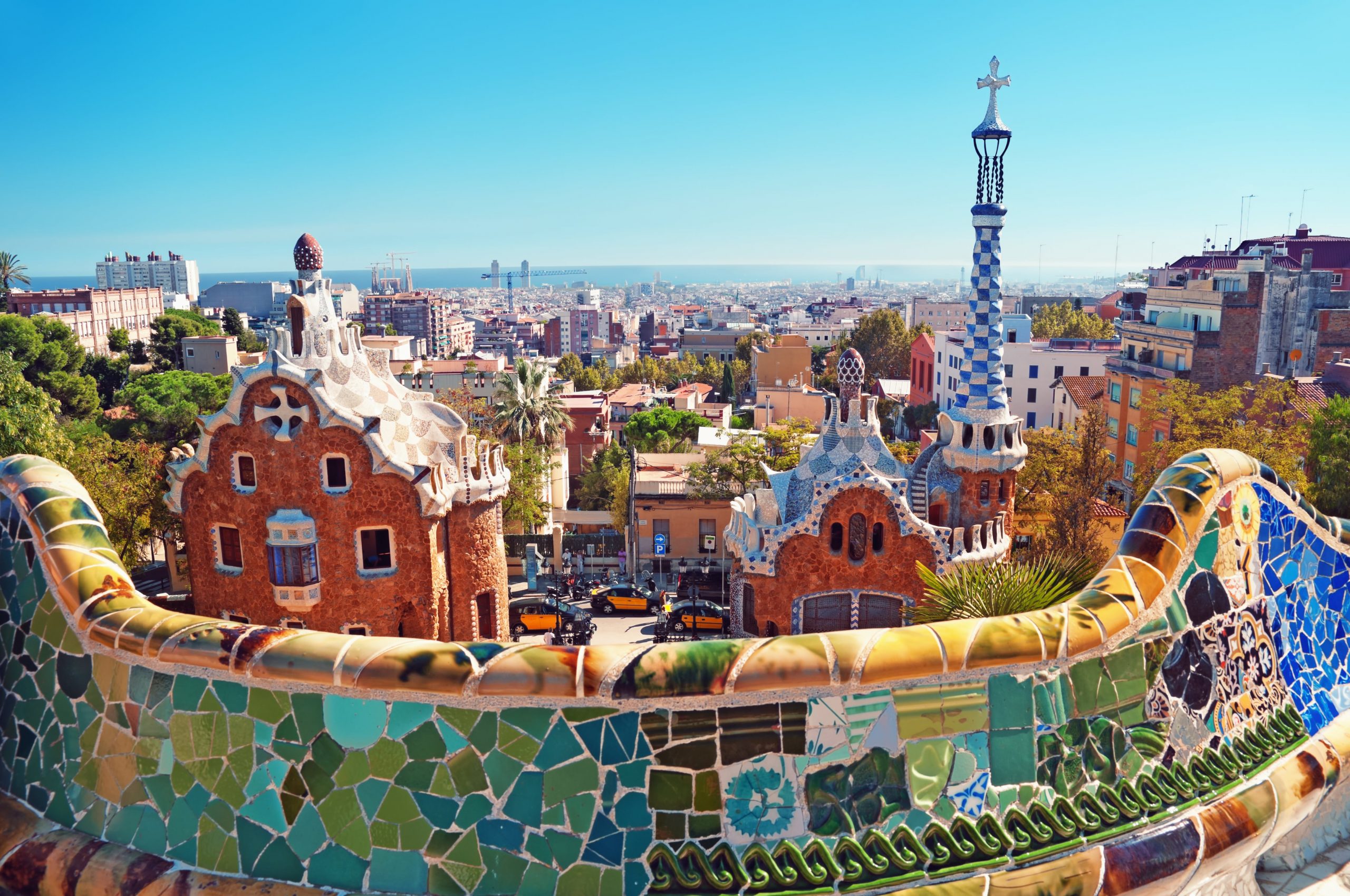

-
La Barceloneta
Mercat de la Boqueria
There are over 40 markets in Barcelona, but the most famous and the largest is Mercat Sant Josep de la Boqueria, located in Ciutat Vella, the oldest part of Barcelona. With an entrance off of La Rambla, Barcelona’s most popular boulevard, the market has become one of the top attractions for visitors. La Boqueria has been operating since the 13th century, when it was just a few tables selling meat near the city gates. Over time, the market was enlarged, changed name and finally became a permanent structure just over a hundred years ago.
La Boqueria is a highlight for visitors because it has an enormous variety of foodstuffs from fresh fruit, vegetables and seafood to more specialist stalls selling olives, cheese, hams and local delicacies. The market is a sea of colour and sensation with every imaginable vegetable alongside freshly caught seafood still twitching on a bed of ice. The market is also popular for its many eateries - small family run stalls where you can grab a quick bite, to mini restaurants with a full gourmet tasting menu.
Be sure to get there early, before 2 pm when the market starts to wind down and expect it to be crowded and noisy. Beware of other tourists stopping without warning to get the perfect photo and the pickpockets who thrive in closed, packed spaces!
-
Casa Batlló
Of all of the private homes designed by Gaudí, Casa Batlló is considered his finest work and should not be missed by anyone interested in interior design or art deco. The house was designed for Josep Batlló in 1906, who bought it for its location on the Passeig de Gràcia, an affluent street in the Eixample district. Gaudí completely remodelled the building creating central lightwells and rebuilding staircases. Known as Casa del Ossos (house of bones) for its façade with curved skeletal stonework and oval windows, the façade is decorated in broken ceramic tiles that create a mosaic effect reminiscent of flowers climbing up the building topped with an irregular shaped roof that looks like the back of a dragon with scale-like coloured tiles.
Inside, every part of the apartment is unique, with undulating curves, mosaic tiles and colour and light used in striking ways. Even the loft is quirky with a series of arches that resemble a ribcage. The whole house including the roof terrace is open to visitors. There is an audiovisual installation in the basement Gaudí dome with over 1,000 screens offering an immersive experience into Gaudí’s mind focusing on his creative origins; the inspiration of nature is brought to life with movement, aroma, and surround sound.
